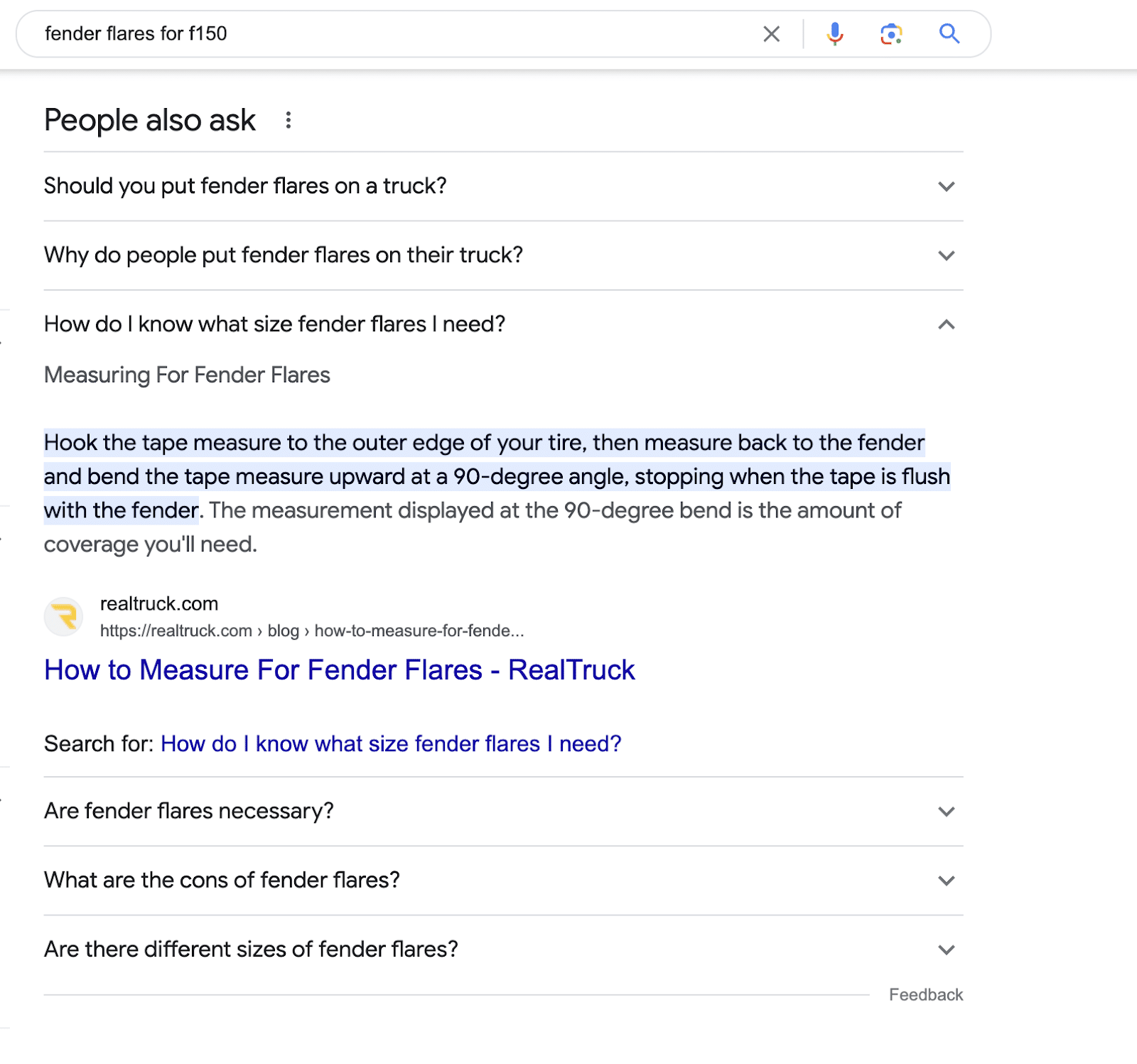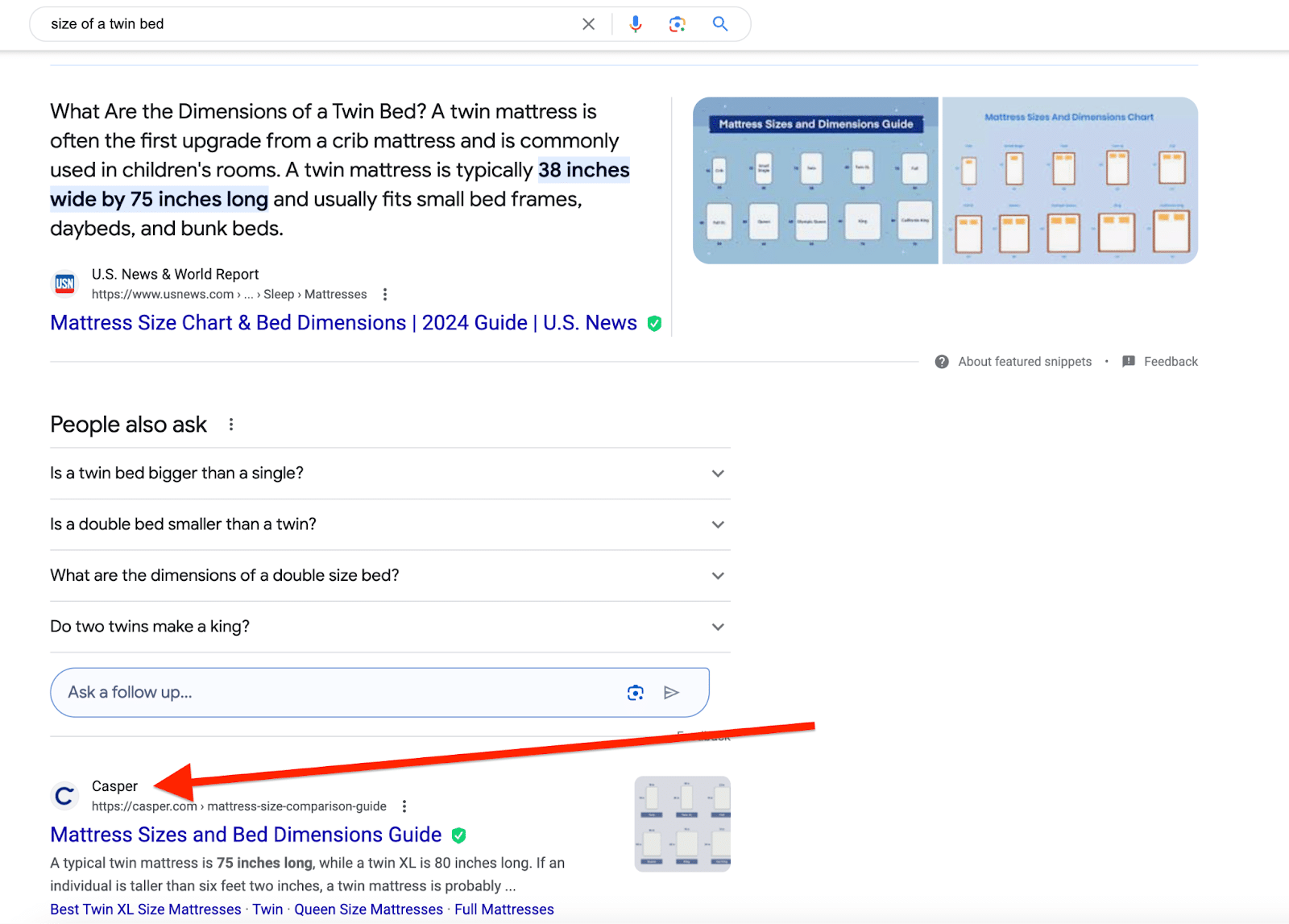
Some so-called digital marketing experts have said “blogs are dead,” especially in big business.
This couldn’t be further from the truth, especially with changes in search like AI Overviews and the endless flow of trust customers now require.
Blogs build trust gradually, contrary to what shady marketers claim. Results aren’t instant. It’s a long-term strategy that grows over time. If Warren Buffett were a marketer, he’d be a blogger.
Over time, blogs enhance brand awareness, attract qualified leads and ultimately strengthen the bottom line.
Many ecommerce and service-based business leaders view blogging as unnecessary, which reflects an outdated attitude. As audiences evolve and AI changes how we search for products, content becomes crucial for reaching new customers and nurturing existing ones.
Blogging is far from dead and has never been more vital for brands and business leaders.
Here’s why every business should focus more on their blog during a time when AI continues to rule search and attention spans get smaller and smaller.
The way we shop online is changing
The latest data from Google shows that roughly 53% of customers conduct online research before purchasing a product or service.
Informative content can help influence users’ purchasing decisions or even empower users to make the right decisions. That much is obvious.
But, in competitive keyword searches where your result is not on top, there is a great opportunity to still reach customers with your brand using content. This may appear under People Also Ask or as an organic blue link under the Shopping Carousel.

Likewise, creating content with referral links to your products or store is also a great way to reach customers who are still in the research stage. Check out how Casper uses content to make customers aware of their mattresses and pillows.

Content will help you weather generative search
It’s not just customers changing their behaviors, but also Google itself.
Google’s foray into AI is now a reality. AI Overviews radically promises to shift the way we search for products.
AI-generated results will use a mix of products, blogs and local-pack results to offer customized and personalized results.
While it’s difficult to influence what products Google displays for its AI-powered results, you may have some luck by writing custom content for longer-tail keyword searches.

Brand ethics are more important than ever
Studies show that most consumers are more likely to be loyal to brands that practice sustainability or ethics. This is especially true of younger generations who prioritize corporate responsibility more than older generations.
Creating blog content around your business’s various initiatives is a great way to tell a story and engage with users.
Nordstrom has an ongoing blog called Nordstrom Now, which details its corporate initiatives. Kohl’s and many other brands do the same.
Blogging builds brand loyalty
One fast track to brand loyalty may, surprisingly, be content marketing.
A study out of Vietnam found that relatable digital content marketing increased perceived brand loyalty among customers. Another from the Pakistan Journal of Social Sciences found a similar relationship.
Blogs are the ultimate way to reach your customers and also influence their perception of your brand.
Some examples of power content to experiment with include:
- Content that shows the human side of a brand.
- Content that entertains and relates to its audience through storytelling.
- Educational content that instructs and empowers customers to make active decisions.
Authorship is powerful for branding
People are more likely to link to and share content from people they trust. Building authorship on your platform is an easy way to develop that trust.
I’ve worked with a remarkable number of C-level executives who never considered sharing their knowledge on a blog or any platform.
There is so much value to be had in developing authority and reputation for your business and personal brand by sharing first-hand knowledge from your industry in a blog.
Encourage more company leaders to write for your blog and share it with their social media networks to develop greater buzz and loyalty toward your business.
Blogs can aid in conversion optimization
Blog content is a powerful tool across all areas of your sales funnel.
At the top end of the funnel, informative content is a great, free resource to attract visitors to your site. Once on your website, offer incentives that force people to give you contact information for lead follow-up, such as signing up for a newsletter.
Then, once leads are further inside your funnel, you can use content to help influence leads to decide on a purchase.
My digital marketing company uses technical SEO checklists and evergreen guides straight from our blog to help customers make decisions. These blogs also provide them with standalone value, earning our brand more authority.
You can even repurpose evergreen content into aesthetically pleasing ebooks or downloadables that make your company look even more authoritative.
Blogs can be repurposed across multiple channels
Blog content can easily be repurposed across multiple channels to reach even more customers outside your orbit.
Consider repurposing existing blogs to create:
- Email newsletters.
- Social media posts.
- LinkedIn newsletters.
- Webinars.
Blog topics and information can also be repurposed into other digital mediums, such as video or audio, to put on any other platforms your company already uses.
On the flip side, it’s always good practice to post anything you share externally on your blog so you can build a second-traffic source. For example, post videos you share on YouTube on your blog with a small informative post to help it rank even higher in Google’s algorithm.
Business blog guidelines
I’ve written extensively about blog strategy over the years. Here’s a quick summary of the essentials:
Step-by-step guide to developing a content strategy
- Define your goals: Clearly define what you want to achieve with your content. This could be increasing brand awareness, generating leads or improving customer engagement. Make sure these goals are specific, measurable, attainable, relevant and time-bound (SMART).
- Understand your audience: Gather data on your audience’s demographics, preferences and pain points to develop detailed buyer personas. Refine these personas using surveys, social media analytics and customer feedback.
- Conduct a content audit: Review your existing content to identify what’s working and what’s not. This helps you understand gaps and plan future content that fills these gaps and aligns with your audience’s interests.
- Plan your content: Based on your audit, plan a variety of content types that cater to different stages of the buyer’s journey. Incorporate blog posts, videos, infographics and podcasts to diversify your approach.
- Schedule and manage: Use a content calendar to effectively schedule your content. This helps maintain a consistent publishing schedule that keeps your audience engaged.
- Measure and optimize: Continuously track your content’s performance using key performance indicators (KPIs) like traffic, engagement rates and conversion rates. Use this data to tweak and optimize your strategy over time.
Always think of SEO
- Focus on user intent: Tailor your content to match your audience’s queries and needs. This involves understanding the intent behind search terms and providing comprehensive answers.
- Optimize for voice search: With the rise of digital assistants, optimize your content for conversational queries. This means using natural language and question-based keywords.
- Leverage AI and machine learning: Use AI-driven tools to analyze the success of your content and to personalize content offerings based on user behavior.
Enhancing engagement with interactive blog features
- Polls and surveys: Embed interactive polls to engage readers and collect their opinions on various topics.
- Infographics and visual data: Use tools like Canva or Venngage to create eye-catching infographics that simplify complex data.
- Downloadable resources: Offer downloadable ebooks, white papers or checklists that provide added value in exchange for email addresses, aiding in lead generation.
By implementing these guidelines and utilizing the recommended tools, you can significantly enhance your blogging strategy, making it more aligned with your business objectives and responsive to your audience’s needs.
Business blogs: Your world of untapped opportunity
In the ecommerce space, where brands compete for a small share of digital real estate, blogs open up a whole other stream of traffic that can be just as valuable to your business.
I’ve seen businesses scale in the ecommerce space, writing blogs on everything from aftermarket truck parts to fitness products you can use at home.
The best part of a business blog is that you can write at your own pace or hire a team of specialized writers. Notice I say specialized. You wouldn’t want your trained pest expert blogger writing content for lawyers and vice versa to offer a simple explanation.
Plus, unlike ads, the traffic doesn’t go away as soon as you turn off the money tap. It compounds, helping build your authority, rankings and, ultimately, your bottom line.
from Search Engine Land https://ift.tt/L8Po1la
via IFTTT
No comments:
Post a Comment